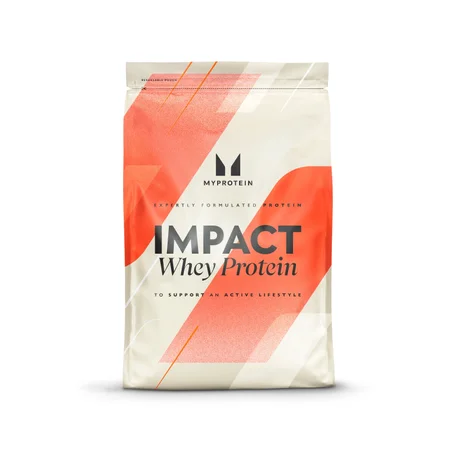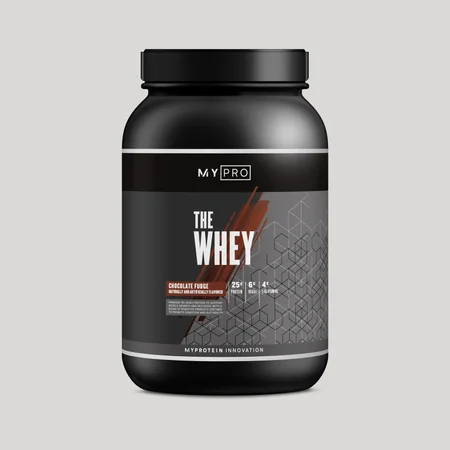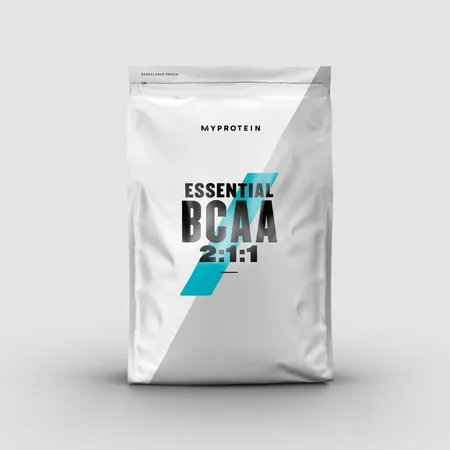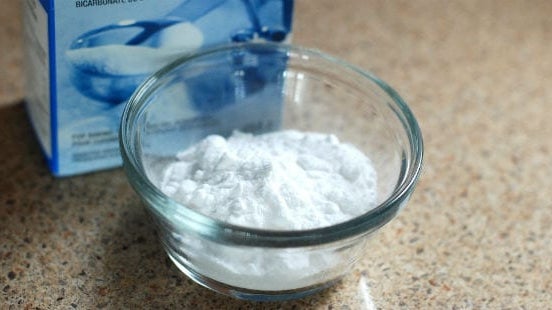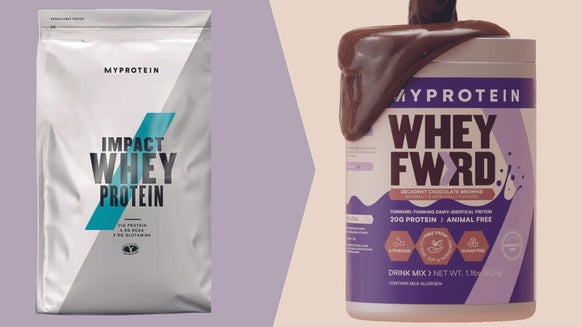The Difference Between Fast & Slow Twitch Muscle Fibers
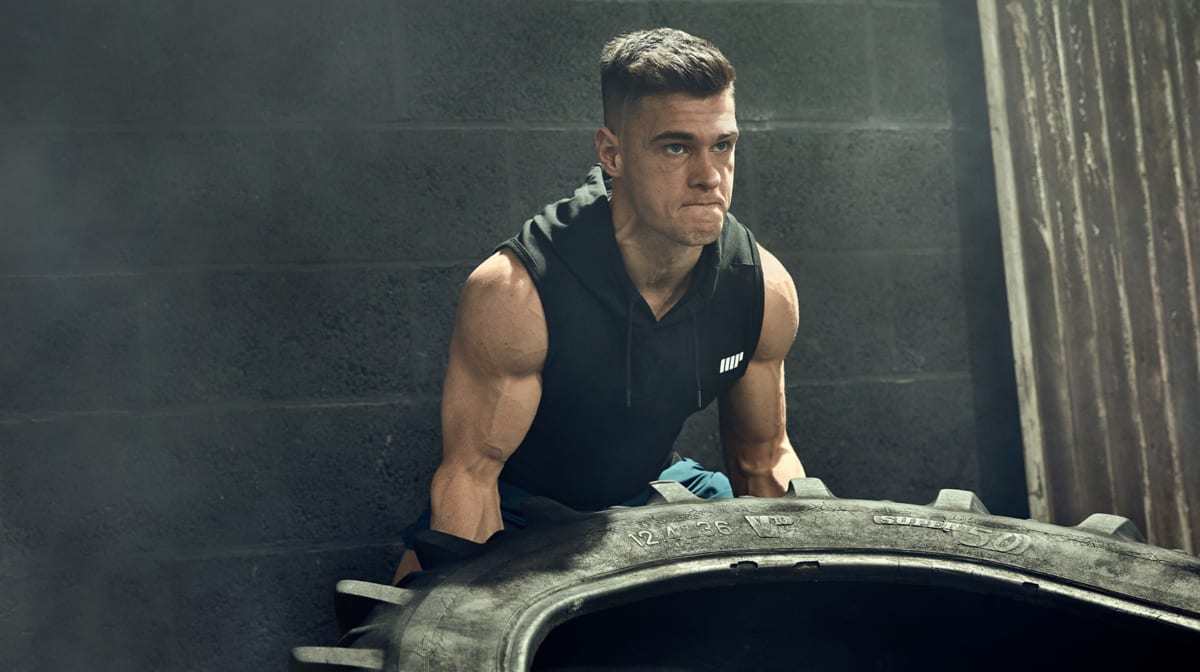
Slow and Fast twitch muscle fibers, also known as “type 1” and “type 2” muscle fibers, differ from each other in several ways. Do you ever wonder why people who incorporate HIIT cardio into their routine struggle when running long distance? Or why regardless of someone’s muscle size, they still can’t perform a proper box jump?
This has to do with the different muscle fibers. Slow twitch (type 1) muscle fibers are used more throughout muscle endurance training such as long distance running, cycling, or swimming. Fast twitch (type 2) are used during short bursts of explosive movement such as power movements (ex: box jumps) and sprinting. However, note the name, fast twitch muscle fibers tend to fatigue quicker than slow twitch muscle. Let's find out all about them and how they differ.

Fast Twitch Muscle Fibers
Your fast twitch muscle fibers become activated when your body reaches near maximum exertion. What does that mean? When you’ve worked the slow twitch muscle fibers during training, they become fatigued, and when that happens, the fast twitch fibers will help push you past that and begin to take over. Fast twitch fibers are actually further categorized into type IIa and type IIb fibers.
? Type IIa
Type IIa muscle fibers use aerobic and anaerobic metabolism to create energy. In this sense, they can be considered a “combination” of both slow and fast twitch fibers.
? Type IIb
Type IIb muscle fibers use only anaerobic metabolism to create energy. These are the muscle fibers that give “fast twitch” its name, as they help produce powerful and quick bursts of movement. However, this muscle fiber has the fastest rate of fatigue and cannot last for long periods of time before resting.
How Should I Train?
Quick, explosive power movements are a great way to incorporate fast twitch fibers. Some exercise examples are, but not limited to box jumps, kettle-bell swings, squat jumps, sprinting.
Since these fibers do fatigue much quicker, focusing on heavy weight or these previously mentioned exercises for a smaller amount of repetitions. Additionally, you will want to allow your body to rest longer with 60-90 seconds of rest after sets so that you give it enough time to replenish ATP levels.
Resistance and weight training with heavy weight will recruit more muscle fibers. The heavier the weight, the more fibers will be used to help get you through that exercise.
Slow Twitch Muscle Fibers
The slow twitch muscle fibers are able to withhold a longer duration of exercise at a steadier pace. They use oxygen for energy (ATP) to keep you going through the exercise. This means they fatigue less quickly. Slow twitch fibers are important for endurance athletes; long-distance runners, cyclists, or even ones who participate in triathlons.
Exercises (such as front/side planks, isometric holds, single leg balance) that incorporate isometric contractions (think hardly any movement in the joints) keep these muscle fibers under contraction for an extended period of time. This improves the muscle endurance within the muscle itself in order to give off energy.
Don’t underestimate body weight exercises! You can use bodyweight exercises for a higher amount of repetitions for engaging your slow twitch fibers, too. However, when you’re using your own bodyweight, or lightweight resistance, you want to decrease the amount of time you give yourself to rest in between sets and exercises. Since you’re working the slow twitch fibers, you don’t need as much time in between sets/exercises, about 30 seconds rest should do. Shorter periods of rest also help make it more of a challenge!

Muscle Recovery
Whether your main focus is on training your fast or slow twitch muscle fibers, you still need to focus on muscle recovery. This means you need to eat enough protein on a daily basis. The general rule is to eat 1 g of protein per lb of your bodyweight. If you're training regularly you may need to up this to around 1.5 g per lb.
Eating enough protein from food alone can be difficult and expensive, so why not make use of these supplements to make sure you're eating enough protein to ensure muscle recovery and growth!
There's nothing better than a protein shake to increase your daily protein intake. With 21 g of protein per serving, you can use Impact Whey at any time during the day to help muscle recovery and growth. One of the main advantages of whey protein is its fast absorption rate, meaning you should take whey protein after your workout to maximize recovery and muscle development.
If you want your muscles to recover and grow then you need to make sure you have a go-to high protein snack. Look no further than Beef Jerky. Using only the finest cuts of beef, one serving (28 g) of beef jerky contains 16 g of protein!
Milk Protein Smooth is made up of 78% micellar casein, which is a slow release protein source, making this a great protein to consume before you go to bed. When you sleep your body still needs protein so your muscles can recover and grow. Taking Milk Protein Smooth before you sleep will provide your body with a slow release source of protein to keep you recovering overnight.

Take Home Message
There are benefits of training both muscle fibers. If you’re looking to increase your muscle mass while improving your strength, fast twitch fibers will help you get there. Working the slow twitch fibers through aerobic exercises can increase the endurance and stamina of your muscles.
Although different muscle fibers may help you determine what “type” of athlete you are, it doesn’t mean one or the other is any less successful. Nutrition, proper hydration, and enough rest are also factors to consider becoming a great, successful athlete. Bottom line, when you’re forcing your muscles to work and push yourself past that “comfort zone,” your workouts will be improved overall. Continue to mix up your training and workouts in order to incorporate the different types of muscle fibers!

